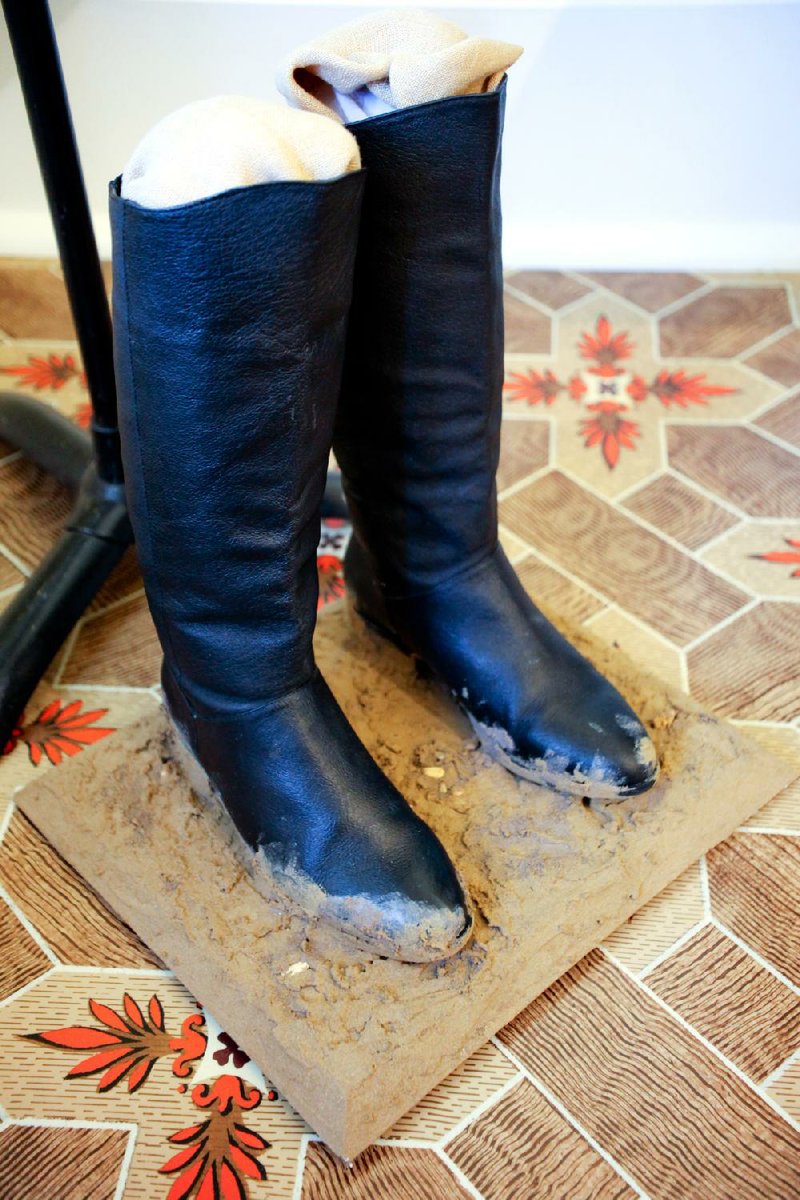LITTLE ROCK — Floor cloths have a long history in American households.
What?
Floor cloths are decorative floor coverings created from heavy burlap or canvas, covered with multiple layers of paint and varnish. Most have decorative patterns that resemble carpet, wood, marble or encaustic tile.
When?
The first floor cloths in the country were imported by colonists from England. In the early 19th century, U.S. factories began producing the popular floor coverings. They were used throughout the 1800s until they fell out of favor and were eventually replaced by linoleum in the early 1900s.
Where?
Floor cloths decorated heavily trafficked entryways, such as Curran Hall’s central hallway. While expensive, the handmade or factory-produced floor coverings offered easy-to-clean, durable protection for a home’s floors. They also trapped dirt before it could soil harder to-clean wool carpets and upholstered furnishings. They were treasured items, and often maintained with frequent revarnishings to lengthen their longevity.
How?
The earliest floor cloths were decorated freehand or with stencils. Later they were made in factories using wooden printing blocks to create intricate designs.
Why?
They were more hygienic, durable and resistant to dirt, mildew and moths than other floor coverings available at the time.
HomeStyle, Pages 46 on 11/24/2012
